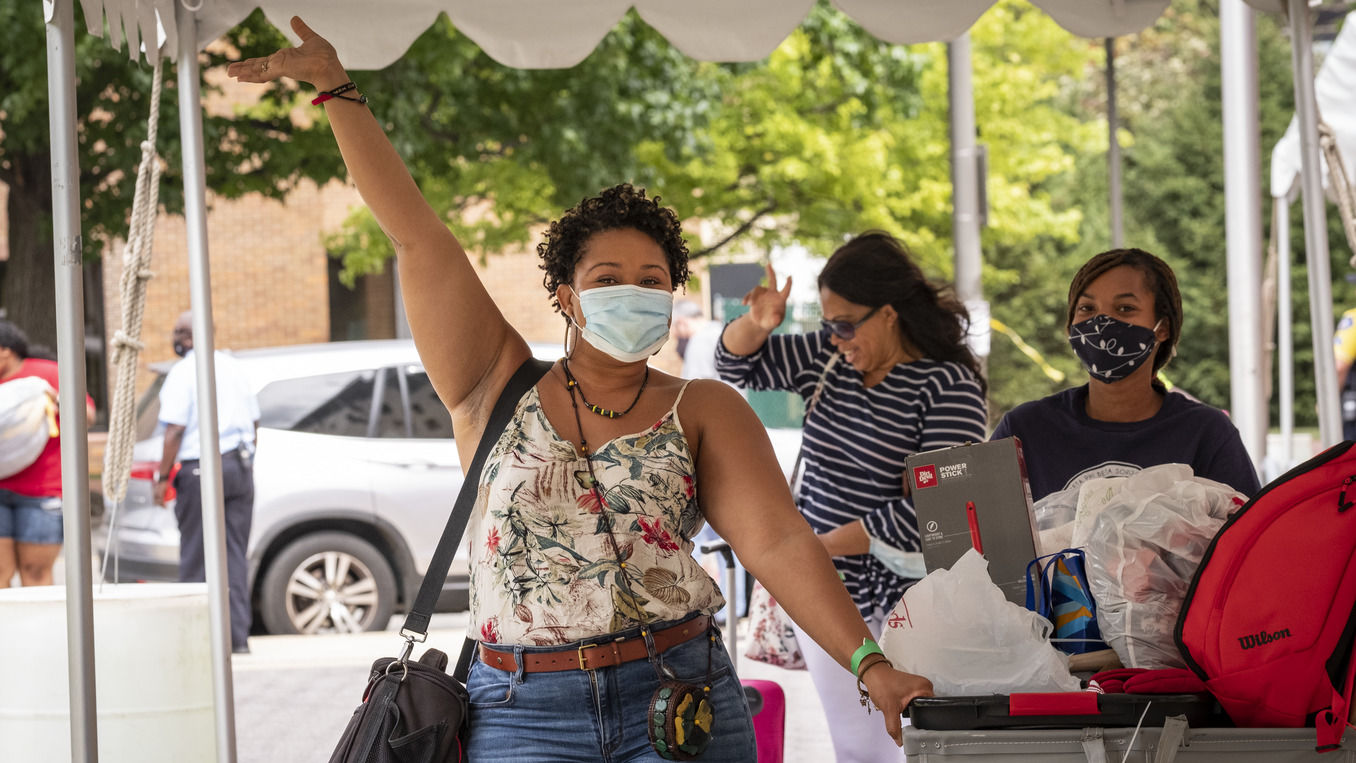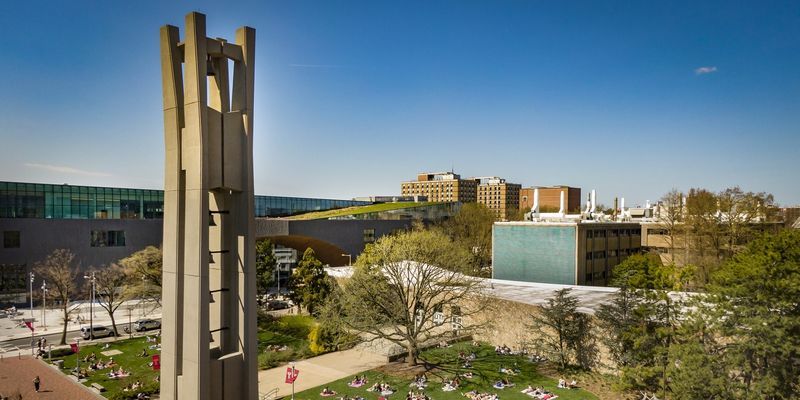Temple’s Class of 2025 is its most diverse in 25 years
Nearly 45% of the Class of 2025 are students of color as Temple welcomes its most ethnically and geographically diverse class of students in at least a quarter of a century.

In 1884, when Russell H. Conwell founded Temple University, he spoke of “Acres of Diamonds.” It was his belief that everyone, regardless of background, deserved access to the university’s many resources and opportunities.
Today, Conwell’s message is as resonant as ever. This fall, the university welcomed its most ethnically and geographically diverse class of students in 25 years.
Nearly 45% of Temple’s Class of 2025 are students of color—up from 31% just five years ago—representing the largest student of color community Temple has welcomed in at least 25 years.
“Diversity, equity and inclusion are admissions imperatives that must be prioritized by institutions of higher learning. This year’s enrollment demographics demonstrate our intentional commitment to expanding educational access,” said Jason Wingard, president of Temple University. “While the numbers are impressive, and we’re proud of our impact, we’re just getting started. Our objective is to continue to aggressively attract and matriculate increasingly diverse classes of students in the years to come.”
Some of Temple’s most notable increases this year were in the area of first-year Black and Latino students. Temple experienced a 23% increase over last year in first-year Black students, with 831 enrolling, and a 4% increase in Hispanic/Latinx/Latine students, with 458 enrolling. Both increases mark the largest Black and Hispanic/Latinx/Latine first-year student communities that Temple has welcomed in at least 2 1/2 decades.
“There is a proclamation you hear frequently among Temple faculty, staff and students: ‘We’re the Diversity University,’” said Shawn Abbott, vice provost for admissions, financial aid and enrollment management. “This year, that rallying cry is even a bit stronger. There is always room for improvement though, and we’re continuing to work to become even more diverse. However, what I can say definitively is that everyone I meet at Temple, day in and day out, takes great pride in being more diverse than most colleges and universities in America.”
The Class of 2025’s diversity goes beyond its historic percentages of first-year students of color. In terms of socioeconomic diversity, 30% of Temple first-year students will be the first generation in their families expected to graduate from college, while 28% are receiving Pell Grants, which are awarded only to undergraduate students who display exceptional financial need and have not earned a bachelor’s, graduate or professional degree.
Temple also welcomed one of its largest percentages of domestic out-of-state students in at least 25 years (nearly 33%), a 15% increase over last year with notable increases from Florida, Texas and California. The university is still holding strong locally here in Philadelphia, too. A total of 745 students enrolled from the city of Philadelphia, which marks a 3% increase from last year.
According to Abbott, the increased level of diversity on campus is the result of intentional recruiting efforts, which started a few years ago.
“In 2018, we embarked on an enrollment goal to recruit a first-year class with no ethnic majority, and we are inching closer and closer to that aspiration,” Abbott said. “Without sacrificing academic quality, a renewed vigor in intentionally recruiting a more diverse student body—not just ethnically but geographically and socioeconomically—is having pretty dramatic results.”


